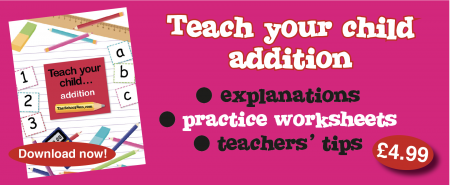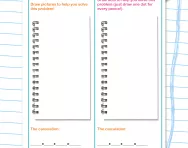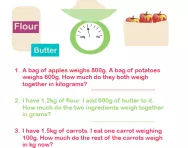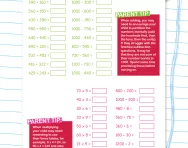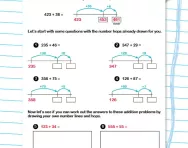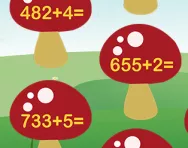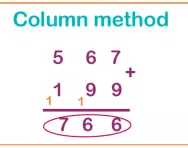TheSchoolRun.com closure date
As we informed you a few months ago, TheSchoolRun has had to make the difficult decision to close due to financial pressures and the company has now ceased trading. We had hoped to keep our content available through a partnership with another educational provider, but this provider has since withdrawn from the agreement.
As a result, we now have to permanently close TheSchoolRun.com. However, to give subscribers time to download any content they’d like to keep, we will keep the website open until 31st July 2025. After this date, the site will be taken down and there will be no further access to any resources. We strongly encourage you to download and save any resources you think you may want to use in the future.
In particular, we suggest downloading:
- Learning packs
- All the worksheets from the 11+ programme, if you are following this with your child
- Complete Learning Journey programmes (the packs below include all 40 worksheets for each programme)
You should already have received 16 primary school eBooks (worth £108.84) to download and keep. If you haven’t received these, please contact us at [email protected] before 31st July 2025, and we will send them to you.
We are very sorry that there is no way to continue offering access to resources and sincerely apologise for the inconvenience caused.
What is a sum?

What is a sum?
The sum of two numbers is the answer you get when you add them both together. So the sum of 5 and 4 is 9.
There was a time when teachers used the word 'sum' to name the following addition number sentence:
9 + 5 = 14
They would often then mistakenly use the same word to name these subtraction, multiplication and division number sentences:
9 - 4 = 5
7 x 3 = 21
80 ÷ 10 = 8
To get round this confusion, we now refer to all of the above (in bold) as number sentences.
Sums in KS1 and KS2 maths
Children in Key Stage 2 need to be familiar with the word 'sum' as it often comes up in mental maths tests. For example:
What is the sum of 6 and 12?
What is the sum of 8, 2 and 9?
They may also carry out word problems or investigations in maths lessons which rely on them being familiar with the word, for example:
Word problem:
Mary has £35 in one bank account and £82 in another. What is the sum of money in both her bank accounts?
Word problem answer: £117
Investigation:
I am thinking of a two-digit number. The sum of both its digits is 9. The number is bigger than 50 and a multiple of 9. What could it be?
Investigation answer: 54, 63, 72, 81 or 90
Children need to be exposed to a variety of mathematical vocabulary as often as possible, rather than just seeing numbers and symbols.
